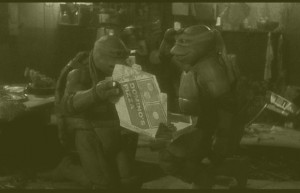After reading my fellow classmate Patricia Poon’s blog post about companies competing and arguing over Twitter, I couldn’t help but think that this is not a new phenomenon. Corporations have been subtly and not-so-subtly insulting each other for years. While some people may consider it to be unethical, the fact remains that undermining the competition can be an incredibly effective way to gain a larger share of the market. As well, if the attack campaign is presented in an amusing way, it can help the company establish a reputation for having a sense of humor – a likeable but rare trait in the modern business world.
Consider Apple’s long-running “Get a Mac” campaign. It was so successful that it essentially started Justin Long’s (the Mac) career as an actor. Yet the entire campaign was built around this simple message: Macs are better than PCs. It doesn’t seem uncommon for an underdog to fight dirty. And I know, Apple definitely is not an underdog. But a few years ago, during the peak of the four year campaign, Macs were significantly less prominent than PCs. And lo and behold, now that every lecture hall in every university is filled with the glowing Apple logo, the aggressive campaign has ended.
In a sense, Nokia’s recent jabs at the iPhone are a form of revenge, as the hardware makers of a Windows platform are the new underdogs, challenging an industry giant because of what could be considering copying.
Whether these ads are fighting dirty or just an effective strategy to battle the competition, I’m sure that these campaigns will continue to exist as long as there is competition in the marketplace.


